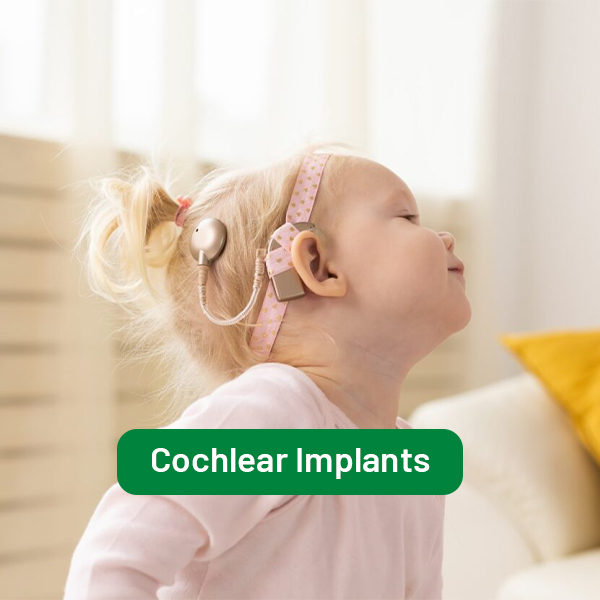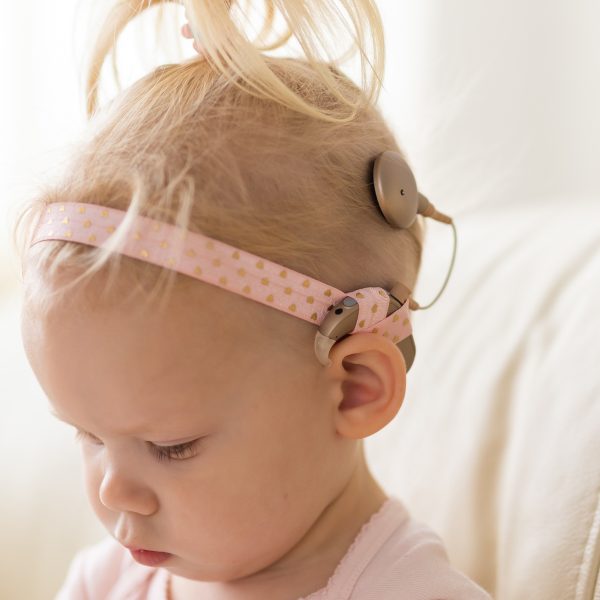
Project Details
Cochlear Implants
Cochlear implants are advanced medical devices designed to provide a sense of sound to individuals with severe to profound hearing loss or deafness. Unlike hearing aids, which amplify sounds, cochlear implants bypass damaged parts of the inner ear (cochlea) and directly stimulate the auditory nerve, allowing the wearer to perceive sound signals.
Cochlear Evaluation
Cochlear implants can provide significant benefits for individuals with severe to profound hearing loss who do not benefit sufficiently from hearing aids. They can help improve speech understanding, communication skills, and overall quality of life.
It’s important to note that cochlear implants require a comprehensive evaluation by a team of hearing healthcare professionals, including audiologists, otolaryngologists (ENT specialists), and speech-language pathologists. The evaluation helps determine candidacy for cochlear implantation and ensures that individuals receive appropriate counseling, support, and rehabilitation services before and after surgery.

External Components: Cochlear implants consist of two main components: an external sound processor and an internal implant. The external sound processor captures sounds from the environment using microphones and processes them into digital signals.
Speech Processor: The digital signals are then transmitted to a speech processor, which filters and codes the signals based on their pitch and intensity. This processed information is sent to a transmitter coil in the external component.
Transmitter Coil: The transmitter coil transmits the coded signals wirelessly across the skin to an internal receiver-stimulator, which is surgically implanted beneath the skin behind the ear.
Electrode Array: The receiver-stimulator converts the coded signals into electrical impulses and sends them along a thin electrode array, which is inserted into the cochlea during the surgical procedure.
Auditory Nerve Stimulation: The electrical impulses stimulate the auditory nerve fibers in the cochlea, bypassing damaged hair cells and directly activating the nerve fibers. These signals are then transmitted to the brain, where they are interpreted as sound.
